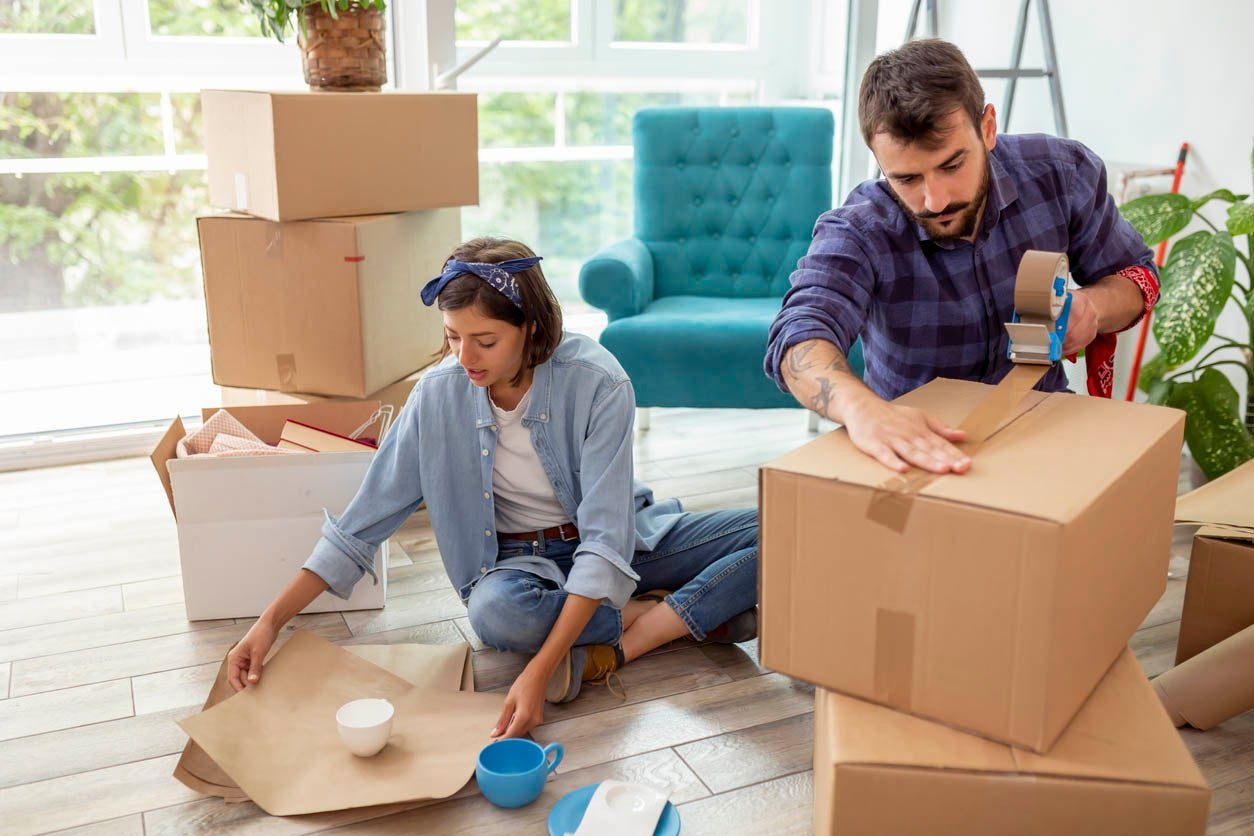A quick scan around you, and you will easily locate at least one harmful object in your room. Household hazardous trash is not limited to the bathroom and kitchen; it may also be found in your bedroom. Everything is potentially harmful, from the nail polish cleaner on the vanity to your first aid kit’s thermometer. Before planning for your moving contract with interstate movers, make sure you eliminate every possible hazardous item from your moving inventory.
When packing up to move to a new house, you are certain to find some potentially harmful objects. Due to the danger, they represent to the environment, hazardous products cannot be shipped or disposed of the same way as other things. The good news is that several methods exist to get rid of them!
Waste From A Home That Is Considered Hazardous?
The first step in figuring out how to get rid of hazardous trash is figuring out what is in the first time. Even while the Environmental Agency (EPA) gives a full breakdown of the particular features that characterize a chemical as “toxic,” know these are the sorts you’ll most likely need to be aware of when it comes to everyday home products.
Corrosion-Inducing Agents
Corrosive materials include anything that may rust metal. Corrosive cleaning agents include things like drain cleaners and industrial strength cleansers. Identify things in your house that contain weak acids like sulfuric or hydrochloric acid, then prepare them for rubbish collection. Make sure you have experience movers by your side when you pack and load your items.
Hazardous Materials
Poisonous substances should be handled with extreme care since they may be hazardous or fatal if consumed, inhaled, or come into contact with. You may discover paint, antifreeze, gasoline, weed killers, mosquito repellent, and certain cleaning products in your house.
While many hazardous waste items are particular to industries, many of these compounds may also be found in your house. When preparing for relocation, make sure you have a designated area for keeping hazardous chemicals you won’t be bringing with you.
Take Them To Toxic Waste Disposal Facilities
You may phone the hazardous trash collection station you saw in your search results to inquire about drop-off days. Never put hazardous garbage in the same bag as non-hazardous waste when packing to have it picked up. If you do this, you might be in for a nasty surprise. It may be lethal if you combine ammonia with bleach, for example. Symptoms include chest discomfort and coughing. To avoid leaks, keep all of the goods in their original containers. Go over your local area’s official website extensively to ensure you pack your dangerous garbage correctly.
Observe the Product Names
The labels on the vast majority of potentially dangerous objects provide instructions on properly disposing of them. However, you won’t learn how and when to dispose of every item out of its box, and then, you will learn how to manage the materials and if you may throw them away.
In addition, the label will specify which products should not come into touch with the dangerous substances and how they should be disposed of safely.
Recycle
Sending hazardous garbage to a recycling facility through the mail is another alternative. These kits are an excellent option for folks who don’t live in places in which a home collection service is available or want to guarantee that their products reach the correct people.
You may not be able to send in or recycle certain products, but it is perfect for dead mobile phones, used batteries, fluorescent bulbs, and printer cartridges, among other things.
Recycle Medical Waste in an Eco-Friendly Way
Everyone in your family requires insulin injections or prescription medicines, so you’re certain to have a lot of medical trash. Alternatively, if your local trash management firm would not pick it up, you may leave it in a little container outside your local pharmacy.
If there is not a drop box outside a pharmacy, you may use one outside a hospital, doctor’s office, or clinic to dispose of medical waste. All those prescribed medicines should be turned in at specified drop-off locations. Remember to keep syringes in puncture-resistant jars before dropping them in a disposal box before discarding them.
Conclusion
You will learn how to move hazardous home products by these requirements. Try to give as much as possible while disposing of these goods.
Read More
















Leave a comment